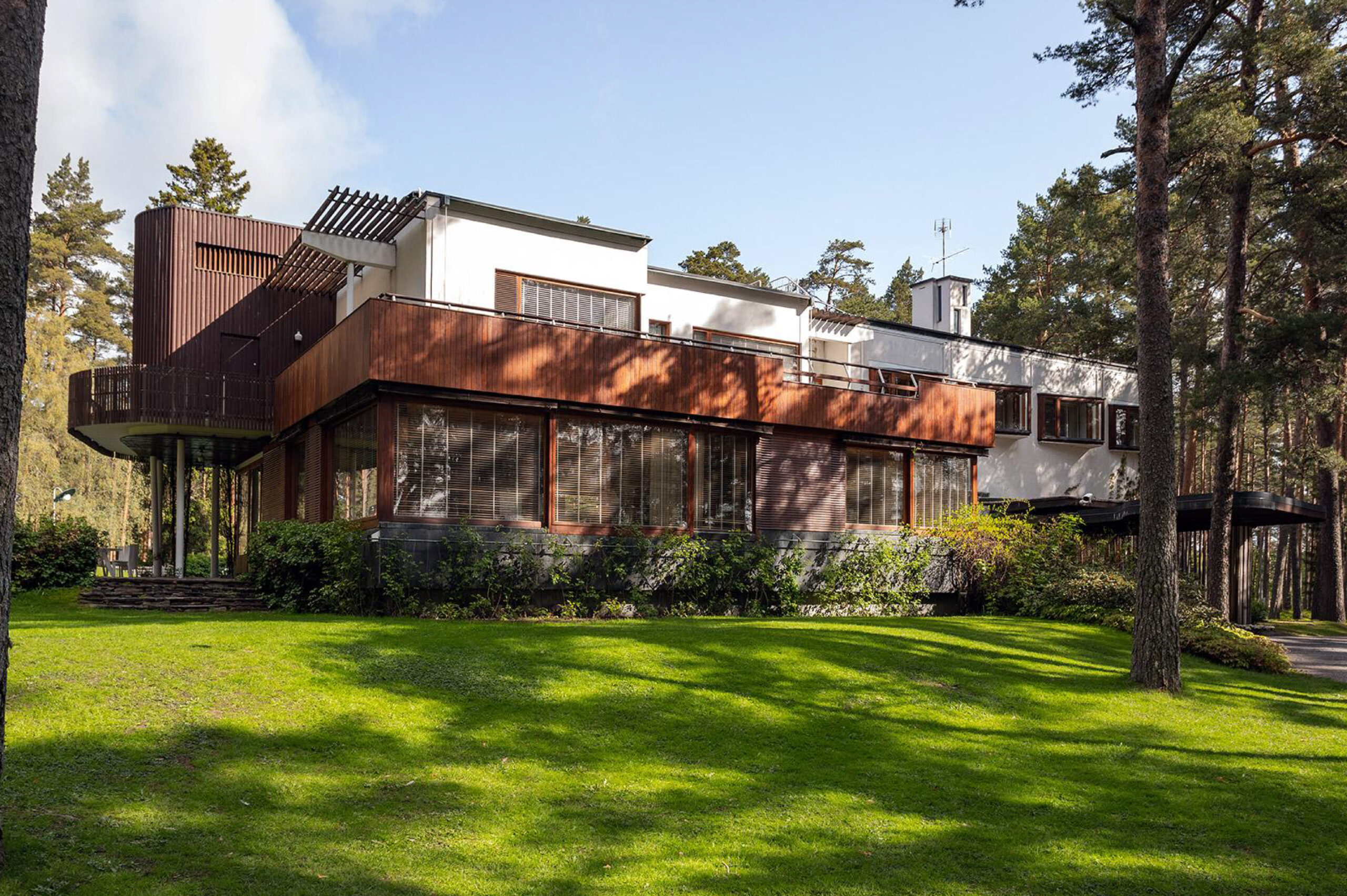Scandinavian architecture and design represent a deep connection between nature, functionality, and the human experience. Grounded in a landscape of vast fjords, endless forests, and soft northern light, it reflects a unique philosophy and way of life.
The Origins
The origins of Scandinavian architecture date back to the Viking era, when timber structures and intricate carvings reflected a profound connection to materiality and craftsmanship. As centuries unfolded, this reverence for natural materials persisted, evolving with the changing needs of modern society. The early 20th century witnessed the emergence of Nordic Classicism, a restrained yet elegant style that soon gave way to a more functional and human-centric approach: Scandinavian Modernism.
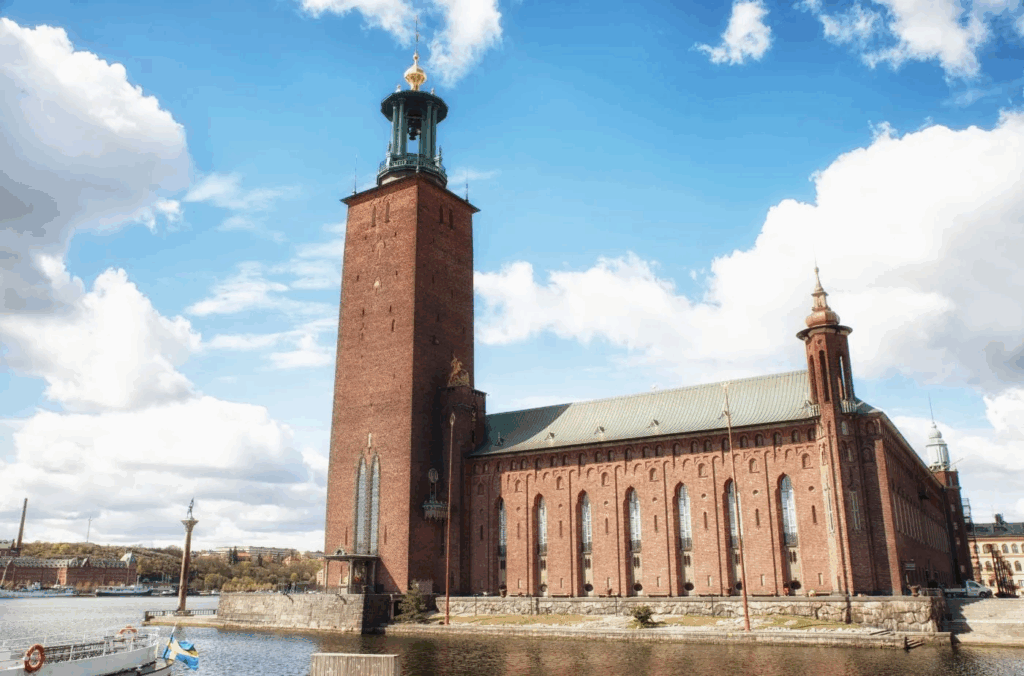
Stockholm City Hall by Ragnar Östberg in Sweden
The Scandinavian Modern Movement
The mid-20th century saw a defining moment in Scandinavian architecture and design. Figures such as Alvar Aalto, Arne Jacobsen, and Sigurd Lewerentz championed a new approach to building, one that embraced minimalism, light, and the interaction between interior and exterior spaces. Influenced by the Bauhaus movement but softened by Nordic sensibilities, Scandinavian Modernism favored clean lines, organic materials, and an innate warmth often lacking in other modernist approaches.
Read also- Belgian Architecture: A Mosaic of Heritage and Modernism
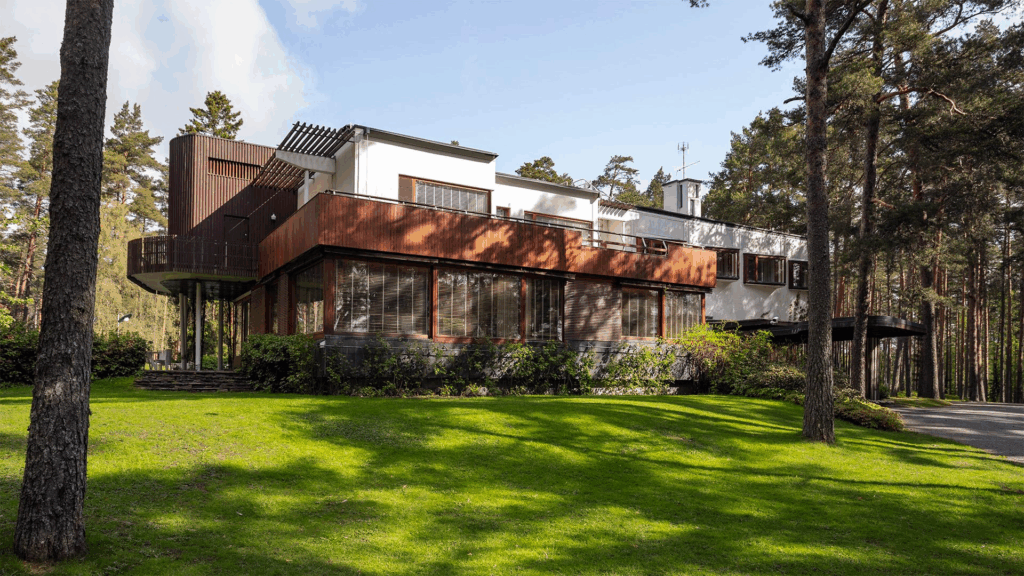
Villa Mairea by Alvar Aalto in Finland
Design Philosophy
At its core, Scandinavian design values functionality above all else, yet never at the expense of beauty. Form follows function, but function follows human need. This philosophy manifests in an effortless architecture—homes and public spaces that breathe, with large windows inviting daylight and open plans that foster fluidity. Materials such as wood, stone, and glass are chosen for authenticity, as they age gracefully over time.
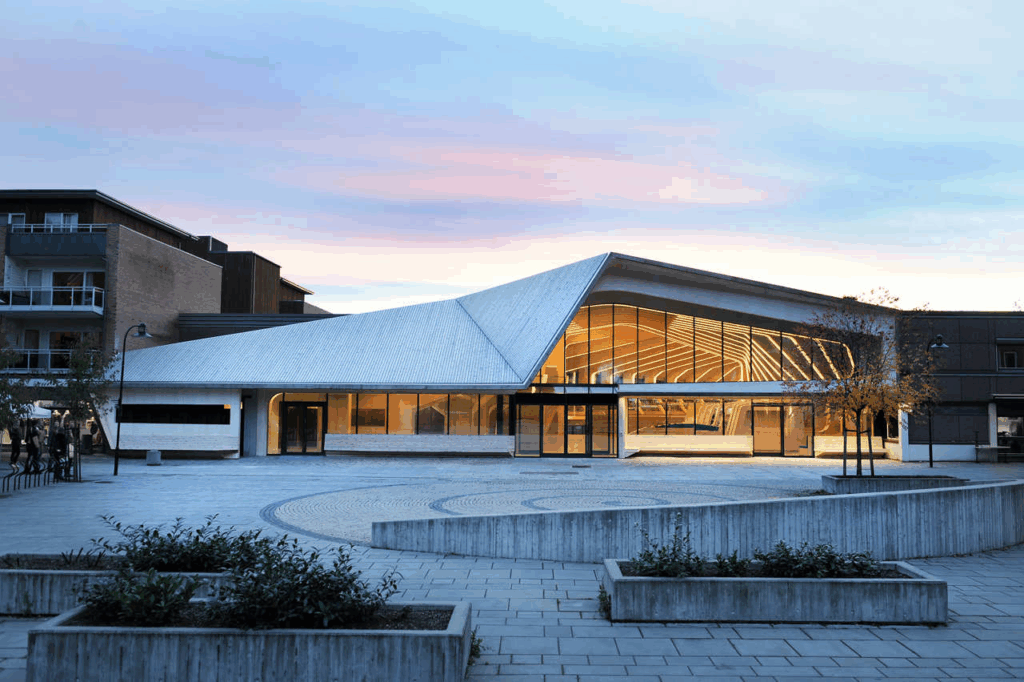
Vennesla Library and Culture House by Helen & Hard in Norway
Sustainability: An Ethical Imperative
Long before sustainability became a global imperative, Scandinavian architects and designers embraced resource-consciousness as second nature. Passive heating, thermal efficiency, and the integration of green spaces significantly define the region’s built environment. Today, contemporary studios continue this legacy, crafting energy-efficient buildings and deeply harmonious with their surroundings.
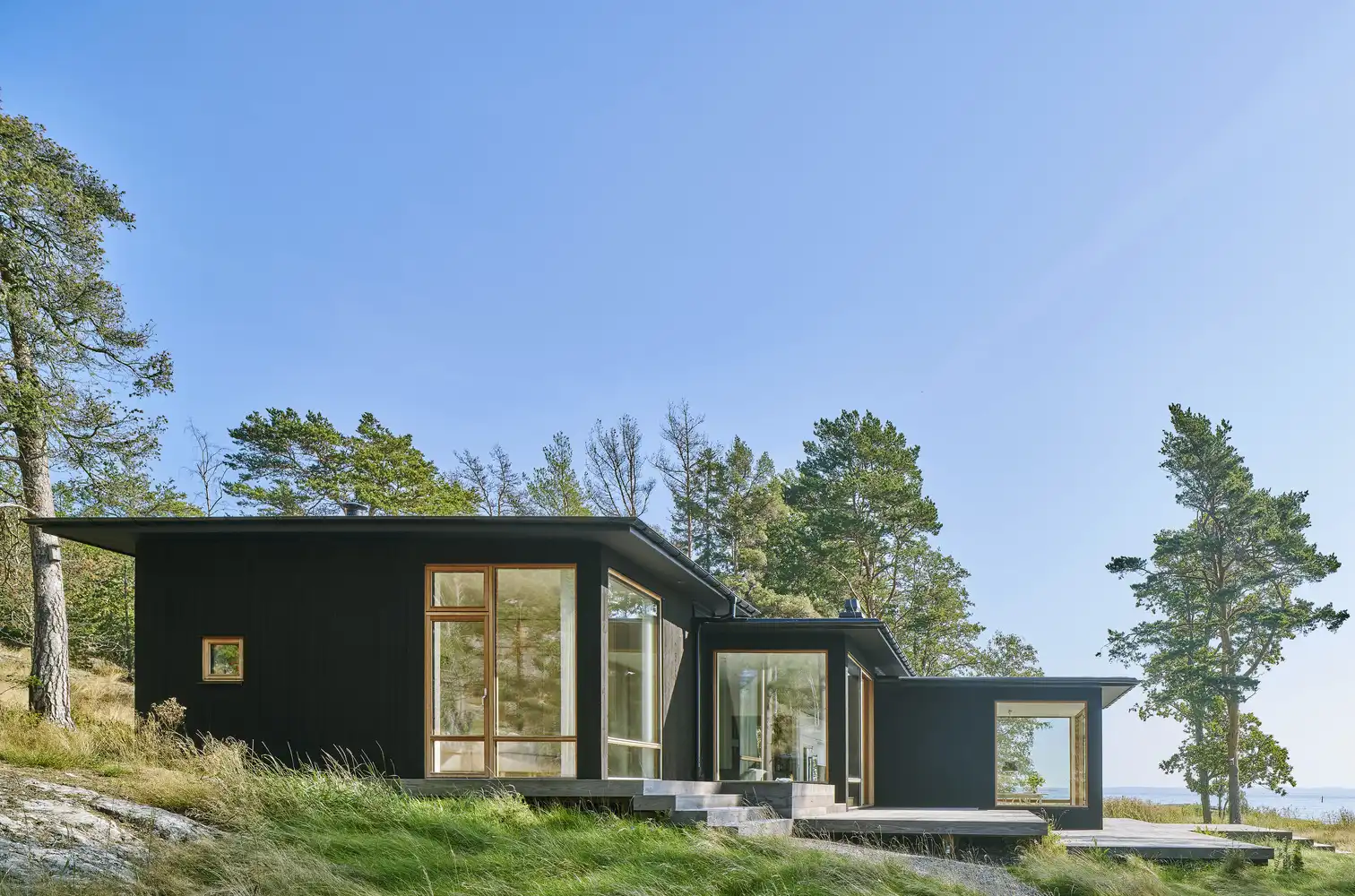
Holiday home by Margen Wigow Arkitektkontor in Sweden
The Everlasting Influence of Nordic Aesthetics
Scandinavian architecture and design endure because trends do not dictate them. They are guided by an ethos that values simplicity, light, and a profound respect for nature. Whether in a lakeside retreat in Sweden, a modernist masterpiece in Finland, or an innovative urban development in Denmark, the essence remains the same: architecture as a silent yet powerful expression of life itself.
In a world that often feels chaotic, Scandinavian design is an invitation to live with intention, surrounded by beauty that serves a purpose.
